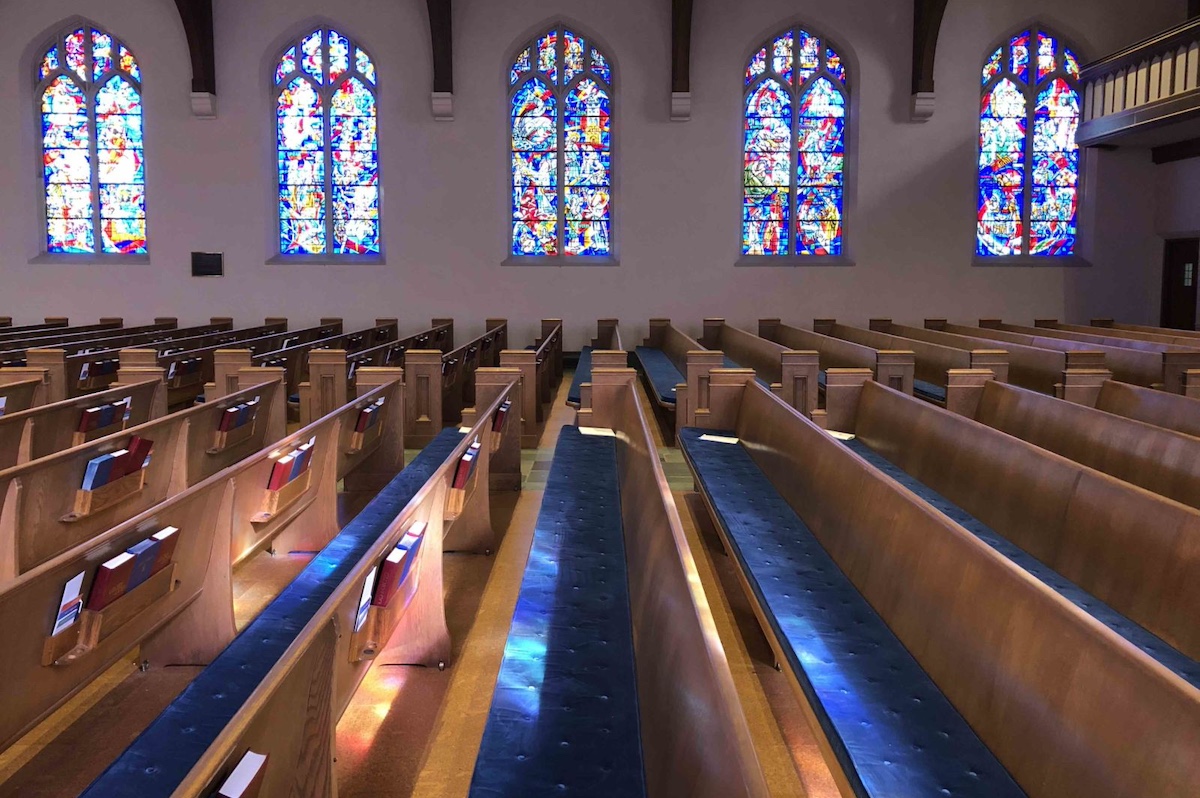Church architecture has evolved significantly over the centuries, reflecting theological, cultural, and social changes. One of the most enduring and iconic elements of many churches, particularly in Western Christianity, is the pew. Pews are long benches designed to accommodate multiple congregants during worship services. This article explores the historical development, architectural significance, and cultural impact of pews in churches.
Historical Development
Early Christian Worship and Seating Arrangements
In the early Christian period, worship was often conducted in private homes or simple buildings known as house churches. Seating was not a primary concern; congregants would stand, sit on the floor, or use whatever furniture was available. As Christianity became more established, dedicated church buildings began to emerge, yet even then, seating remained minimal.
The Middle Ages: The Advent of Church Furniture
By the Middle Ages, the increasing formality of worship services and the growing complexity of liturgical practices necessitated the introduction of more structured seating. Initially, seating was provided for clergy and the wealthy laity, often in the form of individual chairs or stone benches. The general congregation would still stand or kneel during services.
The Reformation: Democratization and the Spread of Pews
The Protestant Reformation in the 16th century brought significant changes to church interiors, including the widespread adoption of pews. Reformers like Martin Luther and John Calvin emphasized the importance of preaching and the congregation's engagement with scripture. This theological shift led to the need for congregants to be seated during lengthy sermons, making pews more common. In Protestant churches, pews symbolized the democratization of worship, as they provided seating for all congregants, not just the elite.
The 17th to 19th Centuries: Pews as Fixtures
By the 17th century, pews had become a standard feature in many Western churches. Their design evolved from simple wooden benches to more elaborate structures with backs, armrests, and sometimes even doors, reflecting the social hierarchies of the time. In some cases, families or individuals would rent or purchase pews, which led to disputes and social stratification within the church.
The 19th century saw the introduction of standardized pew designs, especially with the advent of mass production during the Industrial Revolution. This period also marked the spread of pews to Roman Catholic churches, which had previously been slower to adopt them due to different liturgical practices.
Architectural Significance
Integration with Church Design
Pews are integral to the layout and design of many churches. They influence the overall aesthetic, spatial arrangement, and acoustics of the worship space. The alignment of pews typically directs the congregation's attention towards the altar or pulpit, reinforcing the centrality of the liturgical focal points.
Variations in Design
Pew designs can vary significantly depending on denominational preferences, architectural styles, and regional influences. Gothic churches, for example, often feature dark, ornately carved wooden pews that complement the verticality and grandeur of the architecture. In contrast, modern churches might use simpler, more functional pews that align with minimalist design principles.
Materials and Craftsmanship
The materials and craftsmanship of pews also reflect broader trends in church architecture. Traditional pews were typically made of wood, with oak and pine being popular choices. The quality of craftsmanship could range from plain and utilitarian to highly decorative, with intricate carvings, inlays, and upholstery.
Cultural and Social Impact
Community and Worship
Pews play a crucial role in fostering a sense of community within the church. By providing a shared space for congregants to sit, pray, and participate in worship, pews help create a communal atmosphere. The physical proximity of sitting together in pews can enhance the feeling of unity and collective worship.
Symbolism and Tradition
Pews carry symbolic weight in many religious traditions. They represent stability, continuity, and the communal nature of worship. In some churches, particular pews may hold historical or sentimental significance, being associated with prominent families, events, or long-standing traditions.
Contemporary Trends and Debates
In recent years, some churches have begun to reconsider the use of pews. The flexibility offered by individual chairs or movable seating arrangements appeals to congregations seeking to create multipurpose spaces for various activities beyond worship services. This shift reflects broader trends in contemporary church design towards adaptability and inclusiveness.
However, this transition is not without controversy. Traditionalists argue that removing pews can detract from the sacredness and historical continuity of the worship space. The debate over pews versus chairs encapsulates broader discussions about the role of tradition and innovation in religious practice.
Pews are more than just furniture; they are a significant element of church architecture and worship. Their historical development, architectural significance, and cultural impact highlight the evolving nature of religious practice and community life. Whether viewed as symbols of tradition or as practical necessities, pews remain a central feature in many churches, embodying the enduring relationship between form, function, and faith.




